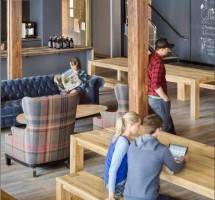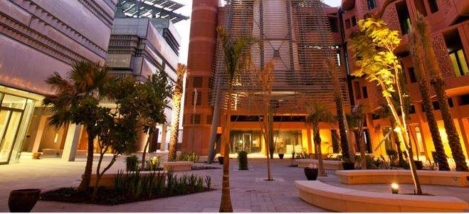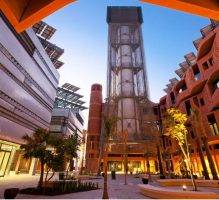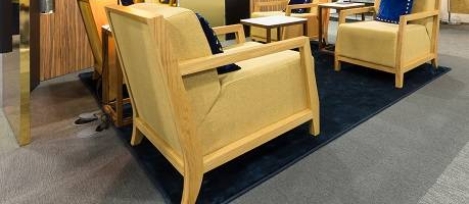September 16, 2016
CoreNet report sets out how technology will reshape corporate real estate 0
 The speed of today’s technological advances is dramatically reshaping the way that corporations manage and use their real estate. It’s a dynamic that has significant consequences for the workplace, urban development and the overall lifestyle of the average worker. Those are the unsurprising conclusions of a new report from trade association CoreNet Global, which was discussed this week at the organisation’s 2016 Summit – EMEA, held in Amsterdam. As ever, the devil is in the detail so the report is worth exploring to get a sense of just how imminent many of the changes will be, especially because they will converge to create a perfect storm of change for the workplace. This marks the new era out from the past when technology developed in more predictable ways. Several CoreNet Global Gold Strategic Partners contributed to the report including CBRE, Deloitte, ISS, JLL, Newmark Grubb Knight Frank, Sodexo and Steelcase.
The speed of today’s technological advances is dramatically reshaping the way that corporations manage and use their real estate. It’s a dynamic that has significant consequences for the workplace, urban development and the overall lifestyle of the average worker. Those are the unsurprising conclusions of a new report from trade association CoreNet Global, which was discussed this week at the organisation’s 2016 Summit – EMEA, held in Amsterdam. As ever, the devil is in the detail so the report is worth exploring to get a sense of just how imminent many of the changes will be, especially because they will converge to create a perfect storm of change for the workplace. This marks the new era out from the past when technology developed in more predictable ways. Several CoreNet Global Gold Strategic Partners contributed to the report including CBRE, Deloitte, ISS, JLL, Newmark Grubb Knight Frank, Sodexo and Steelcase.













 The corporate real estate profession will be influenced, disrupted and transformed in the years ahead by a powerful combination of forces that are re-shaping business strategy and operations, consumer preferences, and how and where people want to live and work, according to a new report from CoreNet Global.
The corporate real estate profession will be influenced, disrupted and transformed in the years ahead by a powerful combination of forces that are re-shaping business strategy and operations, consumer preferences, and how and where people want to live and work, according to a new report from CoreNet Global. 
 A coalition of twenty major European telecommunications firms has come together to drive the rapid creation of a continent wide 5G network and warn national Governments and the EU of the dangers of over-regulation. The seven page document entitled the
A coalition of twenty major European telecommunications firms has come together to drive the rapid creation of a continent wide 5G network and warn national Governments and the EU of the dangers of over-regulation. The seven page document entitled the 













June 18, 2016
Productive workplaces + Long hours link to ill health + Coworking rise 0
by Sara Bean • Cities, Comment, Environment, Facilities management, Flexible working, Furniture, Newsletter, Technology, Wellbeing, Workplace